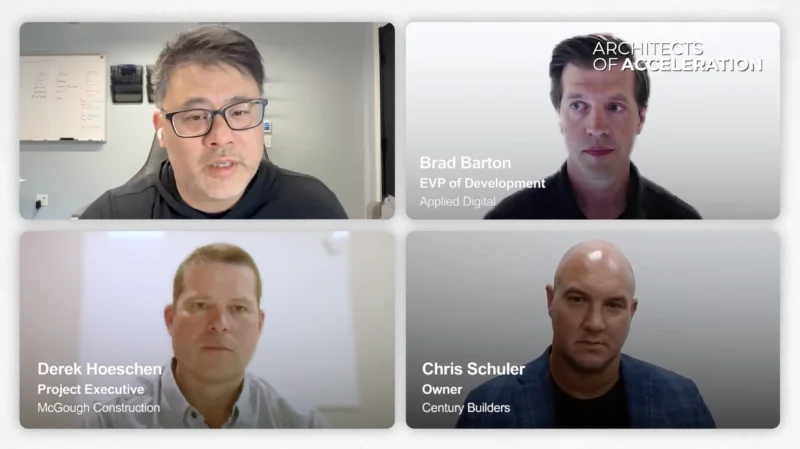Ditching Cubicles: Barringer Construction’s Revolutionary Take on Modern Workspaces
Modern workspaces are witnessing a revolutionary shift in their design and functionality in the era of remote work. Visionaries such as Brian Didiano of Barringer Construction have recognized that the conventional office layout no longer caters to the evolving needs of a workforce seeking flexibility, collaboration, and creativity. The drab cubicle farms are making way for dynamic, amenity-filled spaces that promote interaction and mirror a company’s ethos.
This transformation isn’t simply about luring employees back to in-person offices but rather focuses on retaining current staff and drawing future talent. The core idea is to involve employees in designing the workspace, transforming it from a mere functional area to a ‘home-like’ environment that resonates with them.
As we envision the future of modern workspaces, the role of technology in bolstering these innovative spaces becomes paramount. Wireless connectivity, strategic partnerships, and agile IT support play crucial roles in creating integrated, seamless environments that boost productivity and teamwork. For an in-depth look into this transformation and what it holds for the future, Brian Didiano, the Market Lead for Barringer Construction sat down for a conversation with Tim Livolsi, President of CTS, a Pavion company.




